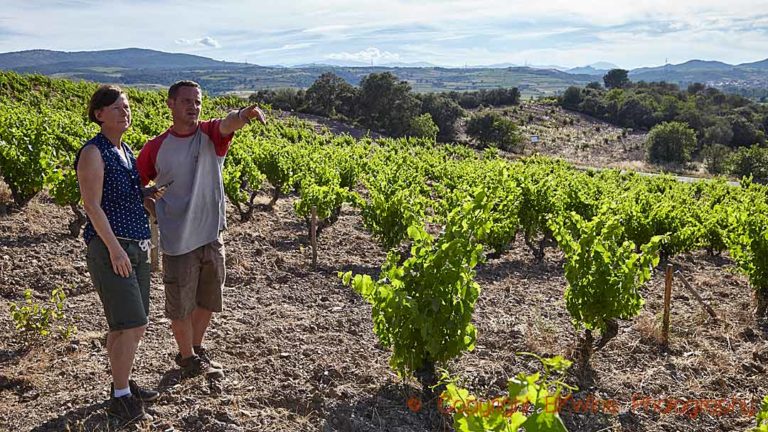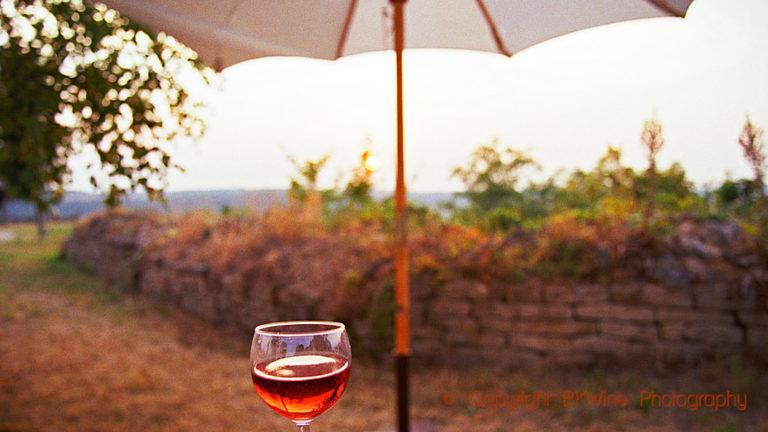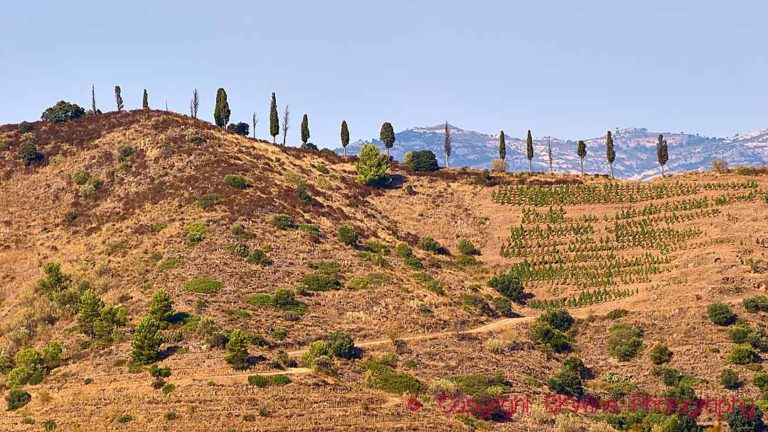

 High or low alcohol
High or low alcohol
Are you one of those consumers who think that the alcohol level in wines is getting higher and higher? Actually, this is an undisputed fact. Wine has more alcohol now than it had in the past. Some consumers do not care, while others look at the label and are horror-struck if it says 14.5% or even 15%. But if the balance is there, does it matter? Is the important thing getting less alcohol into the body or is it the style of the wine that they don’t like?
The alcohol level is much discussed today, both by consumers and producers. Technology to reduce the alcohol level is available. You can use advanced technology like spinning cone or reverse osmosis. You can use a special type of yeast that eats more sugar for each percentage of alcohol produced. You can use simple techniques like earlier harvest.
One reason for today’s higher alcohol levels is of course that we drink wines that come from completely different places than we did 30 years ago. New World countries have mostly sunny and warm climates that provide rich wines strong in alcohol.
But even wines from classic European regions are now stronger in alcohol, more due to improved clones and improved techniques in the vineyard than to global warming. Today grapes are harvested riper, with more sugar and thus giving more alcohol. The tannins are softer and the acidity is lower. Just the way most wine consumers want their wines.
You should also keep in mind that European laws do not allow wine producers to mention the exact alcohol content on the label. You have to round up or down to the nearest half or full percentage point. So if the wine has 14.9% alcohol the producer can choose what he thinks attracts consumers the most, 14.5% or 15%.
So on the whole; perhaps it’s better to simply care about if the wine tastes good or not instead of judging the wine from a number on the label.
Autumn season
We have travelled to many different wine regions over the last two months. A “normal” year for us means that we have some 100 travel days and visit at least some 200 wineries (we organise around 30 wine tours each year). Many of these visits are now, during autumn. I would guess that we have more “wine travel days” than most people, even professionals in the wine business. It is much thanks to this that we can give you news and updates on what is going on in the world of wine.
But it also means that at this time of the year we don’t have time for much else than travel. So this month, like last, is a bit light on what we give you as wine reading, as you can see in this Brief. But we will catch up during winter.
A quick vintage report: most regions that we have visited seem very happy with this year’s quality. Some, especially in France, will have lower quantities than normal though. But there is hardly any risk of shortage of good wines!
Spring wine tours
So until next month I suggest that you take a look at the spring wine tours (the winter tours are already fully booked). We have some exciting and excellent tours in store for you.
Britt & Per
PS: Recommend to your friends to read the Brief !
– – – – –
[box type=”note” size=”large” style=”rounded” border=”full”]This is just the introduction to the latest issue of the Brief. Subscribe to the BKWine Brief and you will get the whole edition in your mailbox next month.[/box]









